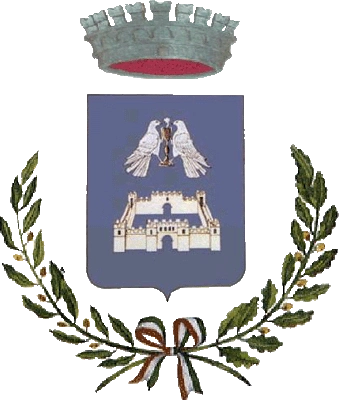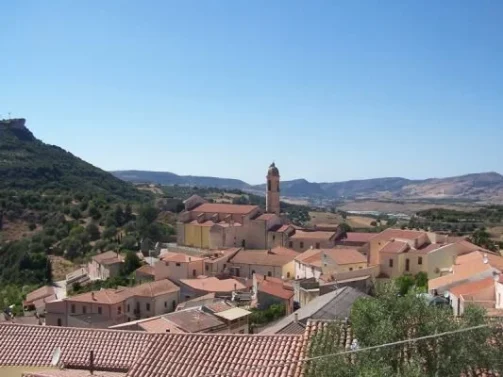he town of Codrongianos rises on the Logudoro hills 350 meters above sea level, near Sassari, has about 1,400 inhabitants, an area of 30.40 km², and a density of 42.2 inhabitants per km².
The town of Codrongianos rises on the Logudoro hills 350 meters above sea level, near Sassari, has about 1,400 inhabitants, an area of 30.40 km², and a density of 42.2 inhabitants per km². The town developed after 225 A.D., when, to defend the trade routes that joined Porto Torres to Cagliari, the ancient Romans built a military camp here named Castrum Gordianus, after their emperor (hence the name “Codrongianos”). The fertile land on the plains was used for cattle breeding and grazing, while in the upper area, between two hills, the ancient village of Codrongianos was born, which today encloses the town.
The remains of the 57 nuraghi surveyed in the surrounding area testify that even in Nuragic times the countryside was densely populated. Its origins lie around 225-244 A.D., when after the annexation of Sardinia to the Roman Empire, numerous military encampments (castrum) were built to defend the busiest civil and military routes. The most important of these routes was the one that connected Turris (Porto Torres) to Kalaris (Cagliari), passing through Macomer. And it was precisely to garrison this stretch that the Castrum Gordianus (the ‘camp of Gordianus) was founded, named after the then emperor who will give rise, by metathesis and phonetic alterations typical of Sardinian, to today’s toponym Codrongianos.
The camp was organized on two levels: in the upper area was the castrum proper, while the land in the valley was used for cattle grazing and a vacchiera was built there in which the products derived from livestock were distributed. This subdivision was maintained even after the dismantling of the camp,as evidenced by the medieval-era names of Codronzanu e Subra and Codronzanu de Josso, and the present urban structure of the village. The old castrum (Codronzanu de Subra) now constitutes the modern part of the village, while in the area below (Codronzanu de Josso) the historic center has developed.
In Codrongianos, artistic traditions are kept alive by the cultural folkloric association San Paolo Codrongianos, formed in 1998 thanks to a group of enthusiasts of Sardinian and Logudoresque traditions, the Choir of Codrongianos and Su Cuncordu codronzanesu. Since their inception, they have been taking part in island folkloric events, earning acclaim and acclaim everywhere. Codrongianos costume is identified with the Logudoro-Meilogu style. Of great value and elegance is the female version with the fine silk embroidery in the apron, and the gold threads in the bust. The finely pleated skirt, unique in the surrounding area, is blue velvet in the gala version, cloth in the daily version.
Source : https://www.comune.codrongianos.ss.it/vivere-il-comune/territorio/il-paese/



